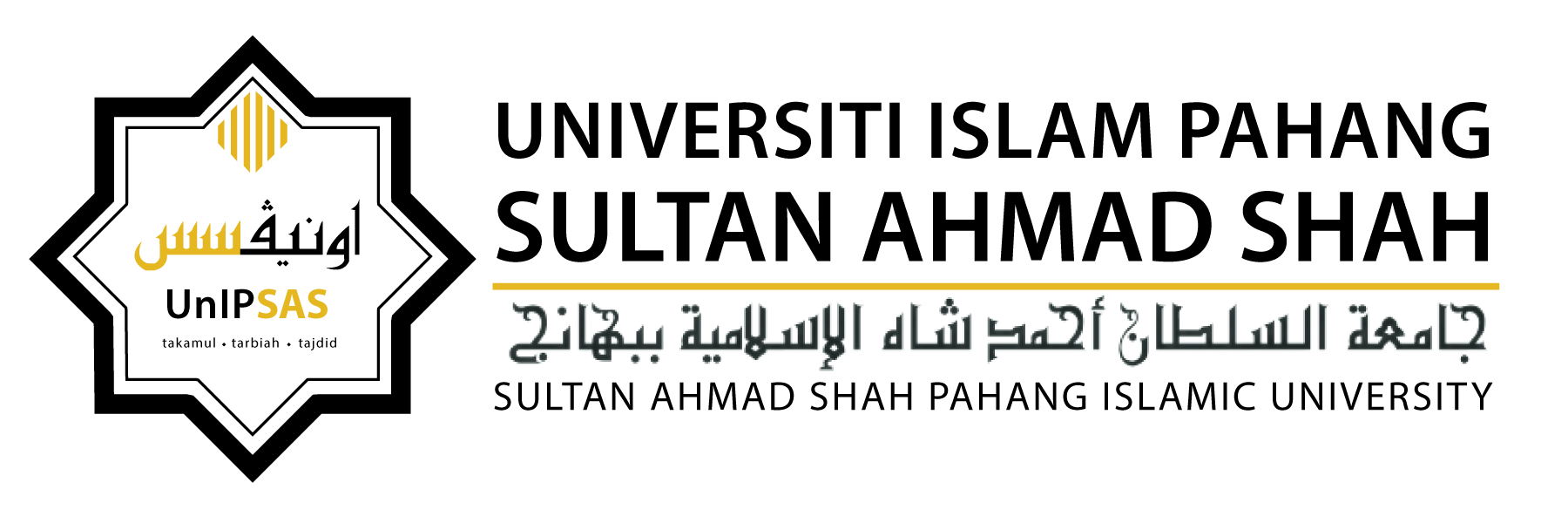KESEDIAAN E-PEMBELAJARAN DARI ASPEK SIKAP, LITERASI, FASILITI DAN AKSES TEKNOLOGI DALAM KALANGAN PELAJAR SEKOLAH MENENGAH AGAMA KERAJAAN NEGERI PAHANG
DOI:
https://doi.org/10.64398/alsirat.v24i1.329Keywords:
Readiness, e-learning, Pahang State Religious Secondary School (SMAN), Computer usage attitude, Computer Literacy, Computer Facilities and Technology AccessAbstract
This study aims to examine the actual level of readiness of Pahang State
Religious Secondary School (SMAN) students towards the e-learning
approach from the aspect of computer use attitudes and computer literacy as
well as the actual level of school education from the aspect of computer
facilities and access to technology. This study uses a quantitative quantitative
design approach aimed at deeply understanding the demographic factors
based on the student (gender, race, stream, family socioeconomic status,
mother and father's occupation and residential location) learning place
(student size and school location) in predicting aspects attitudes towards
computer usage, computer literacy, computer facilities and access to
technology. A total of 400 high school students will be selected by the
researchers in this study and the number is set to slightly exceed the number
of samples set by Krejcie and Morgan (1970) which is 384 samples to
represent a population of around one million people. This aims to provide a
generalization about the level of e-learning readiness for the entire student
population in SMAN. The research instrument uses questionnaire items based
on a 5-level Likert scale (strongly disagree, disagree, not sure, agree and
strongly agree). This questionnaire contains two main functions, the first is to
convey the demographic information of the respondents and the second is to
provide information in the form of measuring individual variables such as
attitudes towards computer use, computer literacy, computer facilities and
access to technology. For the purpose of analyzing the data, the researcher
used the Statistical Package for the Social Science (SPSS) program version
25.0. Thus, this study aims to contribute theoretically and practically to the
readiness of e-learning among Pahang State Religious High School (SMAN)
students by providing a framework that integrates with various sources. It is
hoped that this study will be able to offer new findings and insights that can
then be utilized.
Downloads
Published
How to Cite
Issue
Section
License

This work is licensed under a Creative Commons Attribution-NonCommercial 4.0 International License.





